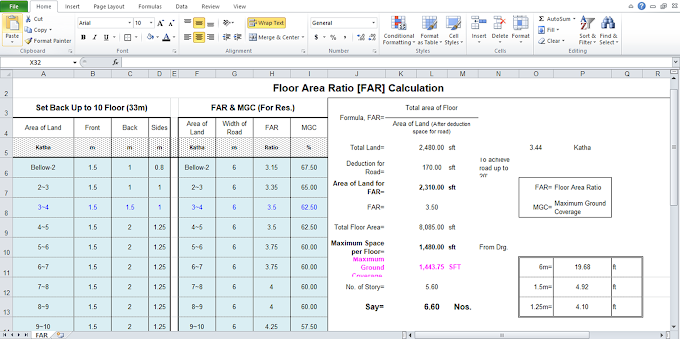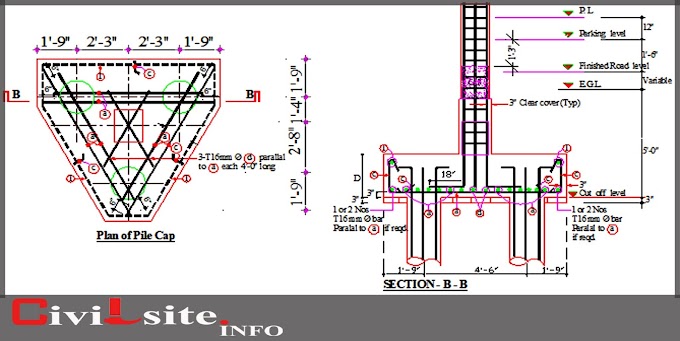When designing warehouse floors, civil engineers face a
complex task filled with several considerations. One aspect that carries
significant weight is the usage of Flatbed Carts within these facilities. The
utilization of these transport vehicles necessitates a variety of engineering
decisions, from surface characteristics to load distribution capabilities.
Load Distribution
Flatbed Carts have the capacity to carry significant loads.
The warehouse floor, thus, must be designed to bear and uniformly distribute
these loads. Without proper load distribution, the floor may crack or deform,
leading to costly repairs and potential operational disruptions. The specific
load capacity of the floor should be calculated based on the maximum expected
weight of the fully-loaded trucks.
Surface Strength and Durability
The continual movement of Flatbed Carts
can generate substantial wear and tear on warehouse floors. Consequently, these
floors need to be made from robust, durable materials that can withstand such
usage over time. Concrete, with its high compressive strength and long
lifespan, is commonly employed for this purpose.
Floor Smoothness
The smoothness of the warehouse floor is crucial to the
efficient operation of Flatbed Carts. Rough, uneven surfaces can lead to unsafe
driving conditions and potentially damage the wheels of the trucks or the goods
being transported. Therefore, the surface of the warehouse floor must be
perfectly leveled and made as smooth as possible while avoiding the creation of
a slipping hazard.
Impact Resistance
Occasionally, items may fall from the Flatbed Carts onto the
warehouse floor. The floor must be designed to withstand such impacts without
cracking or denting. Impact resistance can be achieved by considering factors
like the sub-base preparation, concrete mix design, and reinforcement used.
Drainage
Moisture can weaken the integrity of the warehouse floor and
make it slippery, which can pose a risk to the operation of Flatbed Carts.
Efficient drainage systems should be in place to prevent ponding and to direct
any spilt liquids away from traffic areas.
Expansion Joints
The warehouse industrial
floor will be subject to thermal expansion and contraction due to
temperature variations. Expansion joints should be planned at regular intervals
to allow for this movement and prevent cracking. They should be designed to
cope with the traffic loads and must not interfere with the smooth movement of
the Flatbed Carts.
Designing a warehouse floor tailored for flatbed truck usage
is not a simple task. It requires rigorous planning and adherence to specific
engineering rules. However, when done right, adapting the design for these
versatile transport vehicles can significantly enhance the efficiency and
safety of warehouse operations.














0 Comments